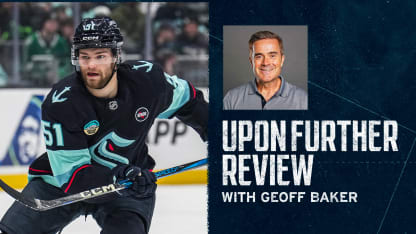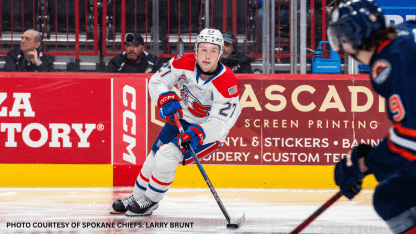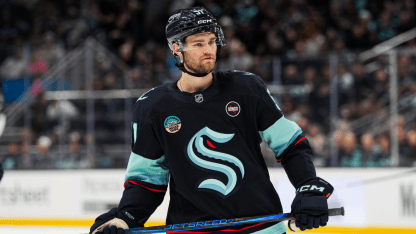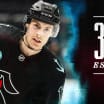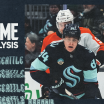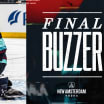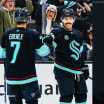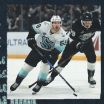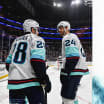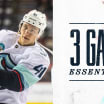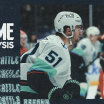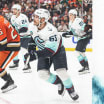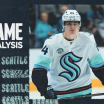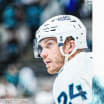We’ll be hearing plenty about teenage hockey prospects the next several weeks as teams gear up for the NHL Draft next month in Los Angeles.
Fans sometimes roll their eyes at such players, figuring they are years away from helping the NHL club. Among more casual sports fans, there can also be a tendency to automatically assume “bust” if a player fails to make the NHL right away.
It's a flawed view, but mainly due to differences between the various major professional leagues.
The NFL doesn’t really have an affiliated minor league system the way hockey and baseball do. Although nowadays, given name, image and likeness money throughout college sports, the NCAA has become the NFL’s de facto farm system.
Players get drafted almost exclusively out of the NCAA by roughly age 22. If they don’t make an NFL roster by then, their options are to head to the Canadian Football League, an arena league or various other paid-money unaffiliated circuits.
But that’s not a minor league. Top NFL draft picks are expected to make the final 53-man roster right away. Any player development either takes place in college before the draft or at the big-league level.
It’s different in baseball, where players can be drafted out of high school or college. The high school players are still just teenagers and often need a good five years before tasting the big leagues against grown men whereas the college types might take a couple of years. That’s why baseball has an affiliated minor league system.

